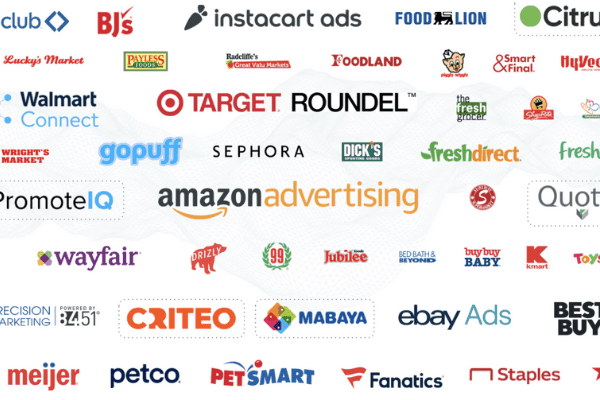Retail media networks have quickly become one of the most popular advertising platforms, and the ad revenue is expected to reach $52 billion this year and $61 billion in 2024, according to the Association of National Advertisers (ANA). Despite the rise in popularity, the industry faces significant challenges, including a toxic relationship between advertisers and retailers and a lack of standardization and transparency.
According to a report by ANA, 88% of brands feel influenced by retailers to buy advertising on their networks, and 42% are questioning their investments due to these challenges. Despite these concerns, the majority of brands continue to use retail media networks and expect to spend more in the next two years. The report also found that most brands are using five or more retail media networks and predict using more in the future.
One of the biggest challenges for brands is the lack of standardization across platforms, with 57% of respondents citing difficulties with cross-platform comparisons. The second-biggest challenge is walled-garden environments, with 44% of marketers reporting difficulty in enhancing their activations.
The majority of brands also fund their retail media budgets from existing advertiser budgets, with a fear of using budgets meant for brand growth for new customers to instead fund sales from existing customers. Retail media networks are praised for being viewed as a way to counter potential shifts by shoppers to store brands and less prone to macroeconomic impacts.
The pandemic caused e-commerce to grow by 50%, leading to an increase in retail media networks. This year, nearly three-quarters of brands are planning to dedicate a budget specifically to advertising on these networks, as they present an attractive alternative to third-party data sources due to privacy laws.
However, building a retail media network also comes with challenges, including increasing consumer trust, keeping client data safe, and respecting privacy laws such as the California Consumer Privacy Act (CCPA) and the General Data Protection Regulation (GDPR). Retail media networks need to address these concerns to maintain their growth and popularity.
One of the major activation issues faced by brands using retail media networks is the walled garden environment. Retailers have control over the data and content in their networks, making it difficult for marketers to enhance their activations. This lack of control can limit the creativity and effectiveness of campaigns, as well as impact their ability to measure and track results. Brands are also concerned about the accuracy of the data they receive, which can affect the targeting and reach of their campaigns.
Another challenge is the fear of funding from existing customers. Many brands are reluctant to use budgets that are meant for brand growth to instead fund sales from existing customers. This is because retail media networks can be viewed as a way to counter potential shifts by shoppers to store brands and reduce the impact of macroeconomic factors. Brands need to balance their need for sales from existing customers with the need for long-term growth and customer acquisition. As a result, many brands are dedicating a separate budget specifically for advertising on retail media networks. This allows them to reach their existing customer base while also growing their customer base through other advertising channels.
The growth of retail media networks could also negatively impact the programmatic industry as retailers shift from open programmatic infrastructure to walled garden approaches. Despite relying on programmatic partners to support their online ad platforms, retailers may eventually drop their programmatic vendors if they can handle the task on their own.
In June, Kroger launched an API with new ad partners Skai, Pacvue, and Flywheel Digital, while Walmart Connect created a partner program that now has 14 ad-buying and ad-measurement vendors. These expanded partner programs show that retailers need help sourcing demand for their sites, but if they can do it themselves, they may no longer need programmatic vendors.
The Trade Desk CEO, Jeff Green, weighed in on this potential transformation, saying, “This agreement is an important indicator of where the industry is going, and will become just one of many, over time. APS [Amazon Publisher Services, the company’s sell-side tech for Fire TV and other media] is supporting the open internet, in contrast to other big tech walled gardens.” Retail media networks may need to be cautious and consider the impact on the programmatic industry if they continue to shift towards walled garden approaches.
While retail media networks have quickly become a popular advertising platform, they face significant challenges, including a toxic relationship between advertisers and retailers and a lack of standardization and transparency. Despite these concerns, brands continue to use and invest in these networks, and the ad revenue is expected to grow in the next few years. Retail media networks must address these challenges to maintain their growth and popularity in the advertising industry.










